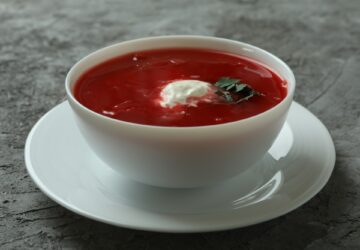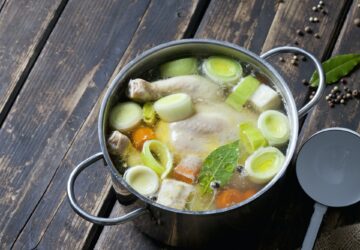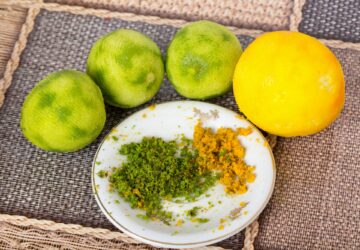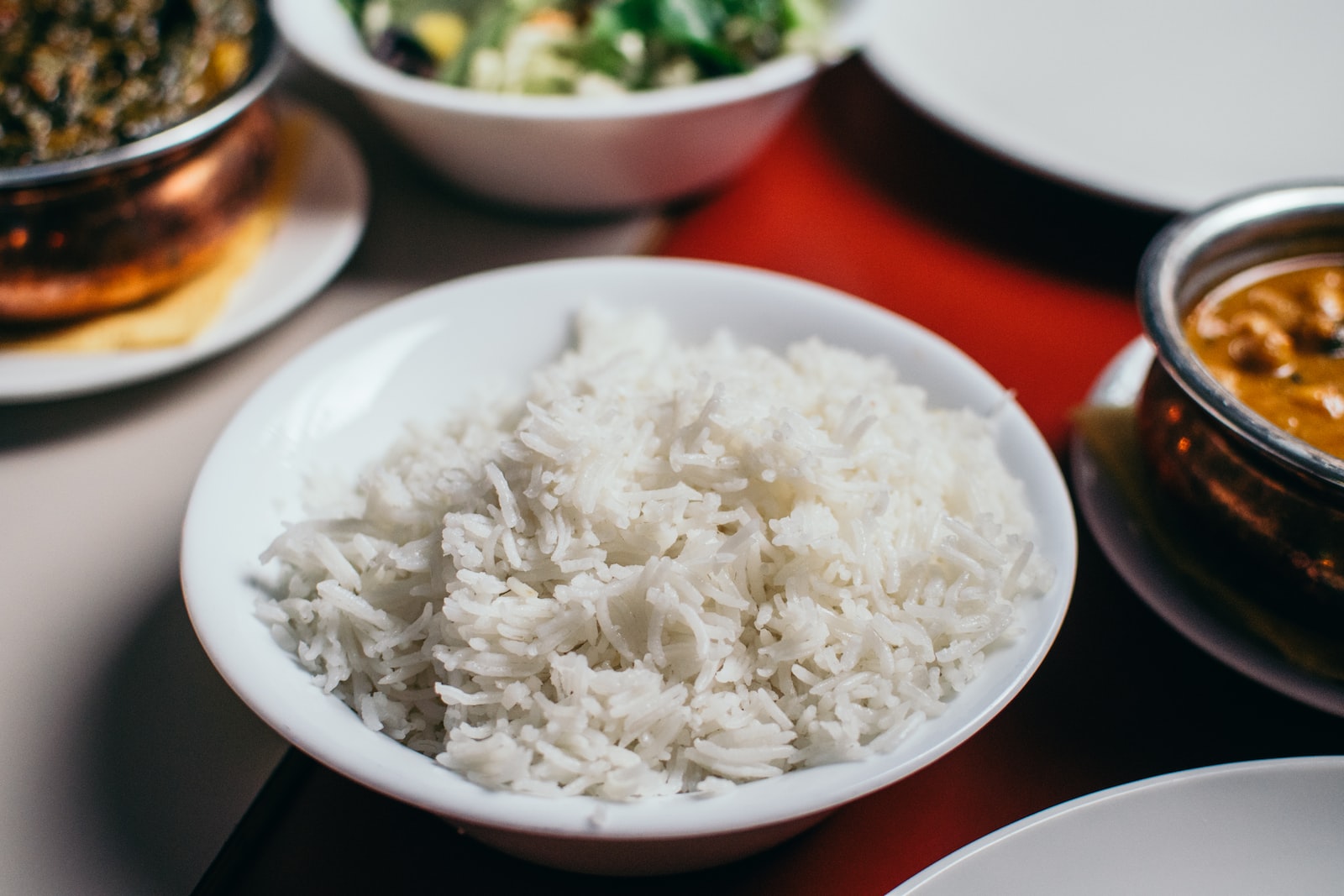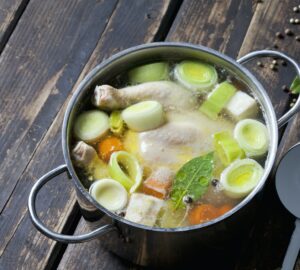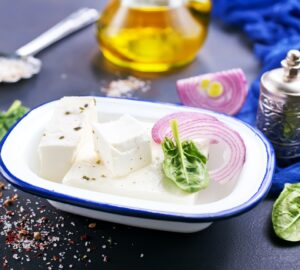Jasmine rice is a long-grain rice that is native to Thailand and is known for its fragrant aroma and delicate, slightly sticky texture. It is also known as Thai fragrant rice, as it is a key ingredient in many Thai dishes.
Jasmine rice is grown primarily in Southeast Asia, and it is a type of rice that is high in amylose, a type of starch that makes it stick together when cooked. This results in a slightly sticky texture that is perfect for dishes like stir-fries, curries, and soups.
Jasmine rice has a distinct aroma that is often described as nutty and floral, and it is this aroma that sets it apart from other types of rice. The aroma comes from a natural compound called 2-acetyl-1-pyrroline, which is found in high concentrations in the rice.
Jasmine rice is a popular choice for many different dishes, both in Thailand and around the world. It can be used as a side dish, as a base for stir-fries, or as an ingredient in sushi rolls. It is also commonly used in desserts, such as rice pudding.
When cooking jasmine rice, it is important to rinse it thoroughly before cooking to remove excess starch and impurities. The rice should be cooked in a ratio of 1 1/2 to 2 cups of water per cup of rice, and it should be brought to a boil and then simmered over low heat until all the water is absorbed.
Jasmine rice is a nutritious and healthy choice for any meal, as it is naturally low in fat and high in carbohydrates. It is also a good source of thiamin, niacin, and vitamin B6, as well as iron and other essential minerals.
In summary, jasmine rice is a fragrant and versatile type of rice that is a staple in many cuisines around the world. Its unique aroma and delicate texture make it a popular choice for many different dishes, and its nutritional benefits make it a healthy choice for any meal.
